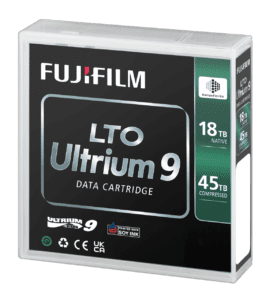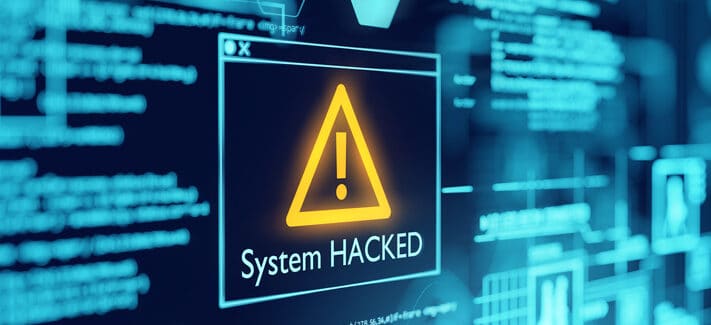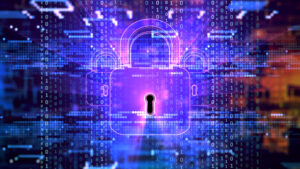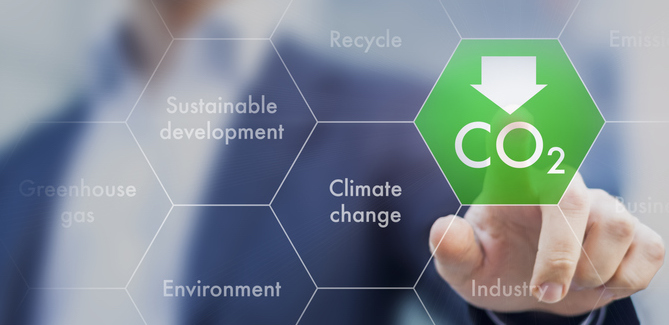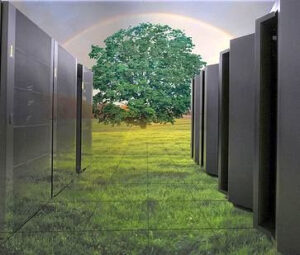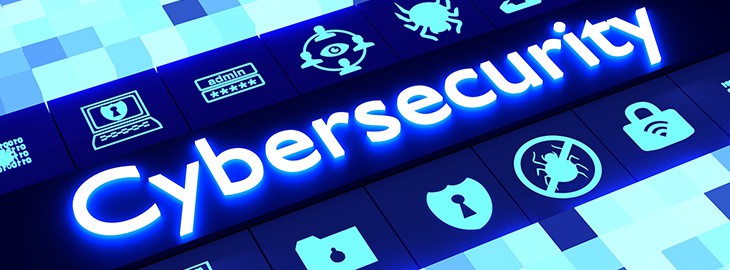Observing Earth Day 2022 In Light of Record LTO Data Tape Capacity Shipments

The LTO Technology Provider Companies (IBM, HPE, and Quantum) issued a press release earlier this week announcing record capacity shipments for LTO in 2021 of 148 Exabytes (148,000 Petabytes) compressed (up from 105 EB compressed in 2020, +40%). More and more of the world’s data is being stored on LTO data tape. That’s good news for the IT industry! Is it not? After all, end users and service providers need:
- A strategic way to store and protect massive amounts of increasingly valuable data, especially data that’s gone cool or cold
- A cost-effective and reliable long term storage solution
- An air gap defense against cybercrime
- An eco-friendly form of storage!
Industry Pundits React
Some industry pundits, biased toward the HDD industry, took the opportunity to downplay the news. They said the data is inaccurate or insignificant compared to the capacity shipments for HDD last year. Really? Does tape technology threaten the market for HDD? Is it still about tape vs. disk in their minds? Have trains, trucks, and ships put air freight out of business? Or does a more strategic thought process say: “These technologies complement each other. We need both to meet the needs of end-users, storage service providers, and society itself…”
Analysts Predict Huge Zettabyte Demand
Indeed, if the big industry analysts firms are right, we will need to be storing more than 11.0 zettabytes of data in 2025. Just one zettabyte would require 55 million 18.0 TB HDDs or 55 million LTO-9 tape cartridges. Should we store all of that data on HDD, whether it is hot, warm, cool, or cold? Of course, we can’t just delete excess data. Now that we can analyze the data and derive a competitive advantage from it, the value of data has increased and we need to store more and more data for longer periods of time. As a result, the projections for the amount of persistent data to be stored are growing exponentially. We will need huge amounts of flash, HDD, tape, and even future storage solutions like DNA to address the data storage challenge.
A Strategic Approach to Data Storage

Change of Attitude Needed
But this is the wrong attitude and exactly what has to change to make a difference. Collectively, if we all switch off a light and all turn the car’s engine off, we will make a difference. We might even get motivated for more change! How about installing LED light bulbs or investing in an electric vehicle? Or maybe make the commitment and take the leadership on a renewable energy installation. Attitudes have to change, believing we can make a difference collectively. If data is inactive, why keep it on energy-intensive, constantly spinning disk? Are we all doing whatever it takes to make a difference?
New Flagship UN Report Is a Wake-up Call
If we believe the latest studies on climate change coming out of the United Nations, we need to start quickly taking any action we can. A new UN report on climate change from earlier this month indicated that harmful carbon emissions in the last decade have never been higher in earth’s history. It’s proof that the world is on a “fast track” to climate disaster. UN Secretary General Antonio Guterres has warned that it’s ‘now or never’ to limit global warming to 1.5 degrees C. Climate change is the result of more than a century of unsustainable energy and land use, lifestyles, and patterns of consumption and production. Guterres adds, “This is not fiction or exaggeration. It is what science tells us will result from our current energy policies. We are on a pathway to global warming of more than double the 1.5-degrees C limit” that was agreed in Paris in 2015. To limit global warming to around 1.5 C (2.7 F), the IPCC report insists that global greenhouse gas emissions will have to peak “before 2025 at the latest, and be reduced by 43% by 2030.”
Reducing Energy Consumption and CO2 Emissions with Tape
To help increase awareness and understanding of energy consumption in data storage, a number of whitepapers have been published highlighting alternative options for storage including LTO data
Other research shows that tape consumes 87% less energy than equivalent amounts of HDD storage. When CO2 emissions are analyzed over the entire product lifecycle (from raw materials to production to distribution, usage, and disposal) of HDD and tape, studies show a 95% reduction in CO2 in favor of tape compared to HDD. The same study shows Total Cost of Ownership for long-term data storage can be reduced by more than 70% by using tape instead of HDD. At the same time, tape can provide an effective defense against cybercrime via a physical air gap. All of this is possible by taking a strategic storage approach, where cool or cold data that has aged and is infrequently accessed gets moved from expensive primary storage to economical and environmentally friendly tape systems, online or offline.
Data Center World Attendees Get It
In my last blog on my visit and presentation at Data Center World in Austin last month, I mentioned that I was encouraged by the DCW attendees that I met and listened to in my session and other sessions. They are genuinely concerned about the environment and worried about what kind of planet we will be leaving behind for our kids and grandchildren. They recognize the opportunity to improve sustainability in data center operations and are committed to it. But since then it has occurred to me that maybe sustainability is more of a focus for facility teams. Perhaps the top-down pressure from the C-suite has yet to be widely applied to the data storage management teams. However, in the quest to achieve the needed sustainability goals, no stone can remain unturned.
Observing Earth Day for Future Generations
With Earth Day being observed today, let’s commit to strategically taking action in response to global warming and climate change. Let’s start changing attitudes from “It won’t make a difference” to “Collectively, we can make a difference.” Let’s look at the bright side of increasing LTO capacity shipments instead of the dark, self-serving side. Let’s think about the planet that’s home for us and the future generations of our families to come.



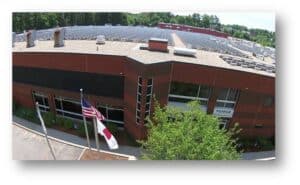 Next came the conversation about renewables and how Greenpeace has done a great job advocating for more use of renewables in data centers, especially the cloud hyperscalers. But from the looks of progress being made on this front, renewable sources of energy likely can’t come on line fast enough or cheaply enough, or in sufficient volume to satisfy the energy needs of the massive data center industry. While Fujifilm is a big fan of renewables (
Next came the conversation about renewables and how Greenpeace has done a great job advocating for more use of renewables in data centers, especially the cloud hyperscalers. But from the looks of progress being made on this front, renewable sources of energy likely can’t come on line fast enough or cheaply enough, or in sufficient volume to satisfy the energy needs of the massive data center industry. While Fujifilm is a big fan of renewables (